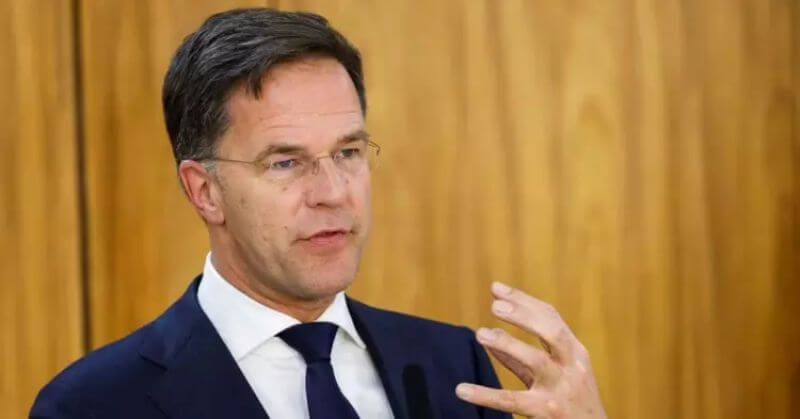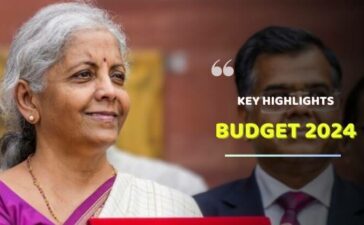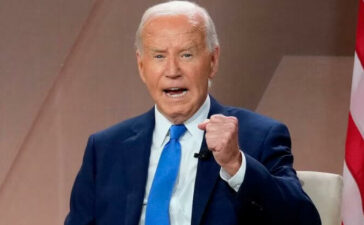All of the ministers and state secretaries in the government of the Netherlands, including Prime Minister Mark Rutte, resigned on Friday after the ruling four-party coalition was unable to agree on immigration restrictions, notably with regard to asylum seekers, a contentious topic for European governments.
The Dutch Government’s Demise: Why?
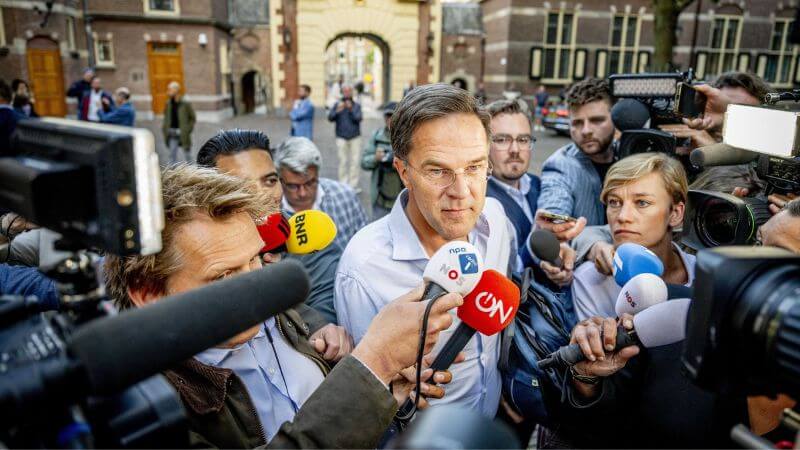
The Netherlands, which uses a proportional representation system to distribute parliamentary seats, has a history of governments falling, followed by victories in succeeding elections. After a crisis involving wrongly accusing parents of child welfare fraud in 2021, Rutte and his government resigned, but they gained seats when they were reelected two months later. After budget negotiations failed in 2012, his administration quit, but they were stronger when they ran again. This occurrence is not specific to Rutte: His administration was the first in the Netherlands to finish a full four-year term in 2017, almost two decades after the country’s independence.
After months of negotiations following that year’s elections, the coalition that disintegrated on Friday was put together by Rutte’s center-right People’s Party for Freedom and Democracy (VVD), the center-left Democrats 66 (D66) and Christian Union parties, and the center-right Christian Democratic Appeal (CDA) party.
According to local media, the relationship has been rocky from the beginning. On Friday, Dutch national television NOS described it as a union that was “doomed to fail” and cited immigration policy as one of the leading causes of contention. According to NOS, the Christian Union and D66 were opposed to harsher limits, while the VVD and CDA parties supported them.
What Led To The Impasse On Immigration Policy?
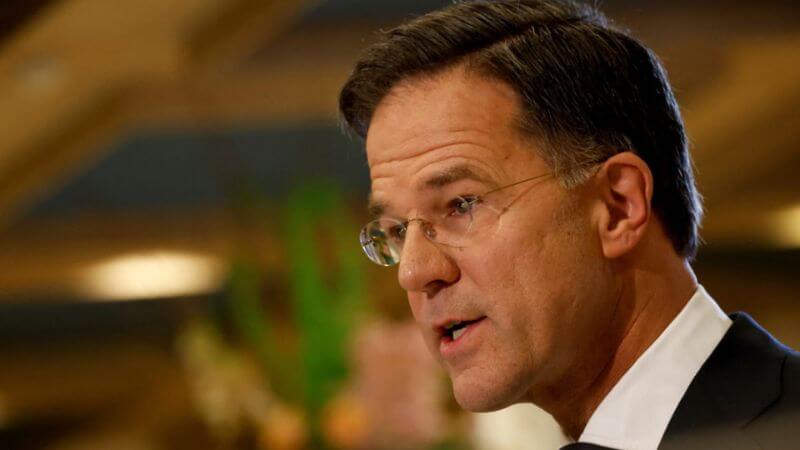
The coalition apparently changed the nation’s policy on family reunions as part of negotiations over measures to reduce the number of migrants and asylum seekers in the Netherlands.
According to Reuters, one of Rutte’s suggestions was to require families to wait at least two years before being reunited. According to Politico, a yearly cap of 200 entries for the family members of war refugees who are already in the Netherlands was another goal of his. He also wanted to create two categories of refugees, with those fleeing persecution receiving greater rights than those fleeing conflict.
In a statement on Friday regarding the fall of the administration, Mirjam Bikker, the head of the minor party Christian Union, appeared to refer to these initiatives.
What Will The Dutch Government Do Next?
Until elections, which are anticipated to take place later this year, the administration will continue to function in a caretaker position. It can keep the country functioning but cannot create new policies.
What do you think about this? Tell us know in the comments below. We are waiting for your response!
Follow Us: Facebook | Instagram | Twitter |
Youtube | Pinterest | Google News |
Entertales is on YouTube; click here to subscribe for the latest videos and updates.


